No products in the cart.
NEWS
Growing Beans: A Comprehensive Guide for Your Garden
Learning how to plant beans successfully and provide them with the right care is fundamental to enjoying a bountiful harvest and minimizing common plant issues. This guide delves into the essentials of cultivating beans, offering insights from planting techniques to tackling potential problems that may arise throughout the growing season. Whether you’re a seasoned gardener or just starting out, understanding the needs of your bean plants is key to vibrant growth and delicious yields.
Choosing the right location for your bean patch is the first step. Beans thrive in sunny spots, needing at least 6-8 hours of direct sunlight daily. They prefer well-drained soil rich in organic matter. Before planting, prepare the soil by loosening it and incorporating compost to improve fertility and drainage. Beans are legumes and can fix nitrogen in the soil, reducing the need for nitrogen-rich fertilizers once established, but healthy soil from the start is crucial.
One of the primary decisions involves selecting the type of bean to grow: bush beans or pole beans. Bush beans are compact and produce their harvest relatively quickly, often in a concentrated period. Pole beans, on the other hand, are vining plants that require support but can produce beans over a longer season and often yield more in the same space compared to bush varieties.
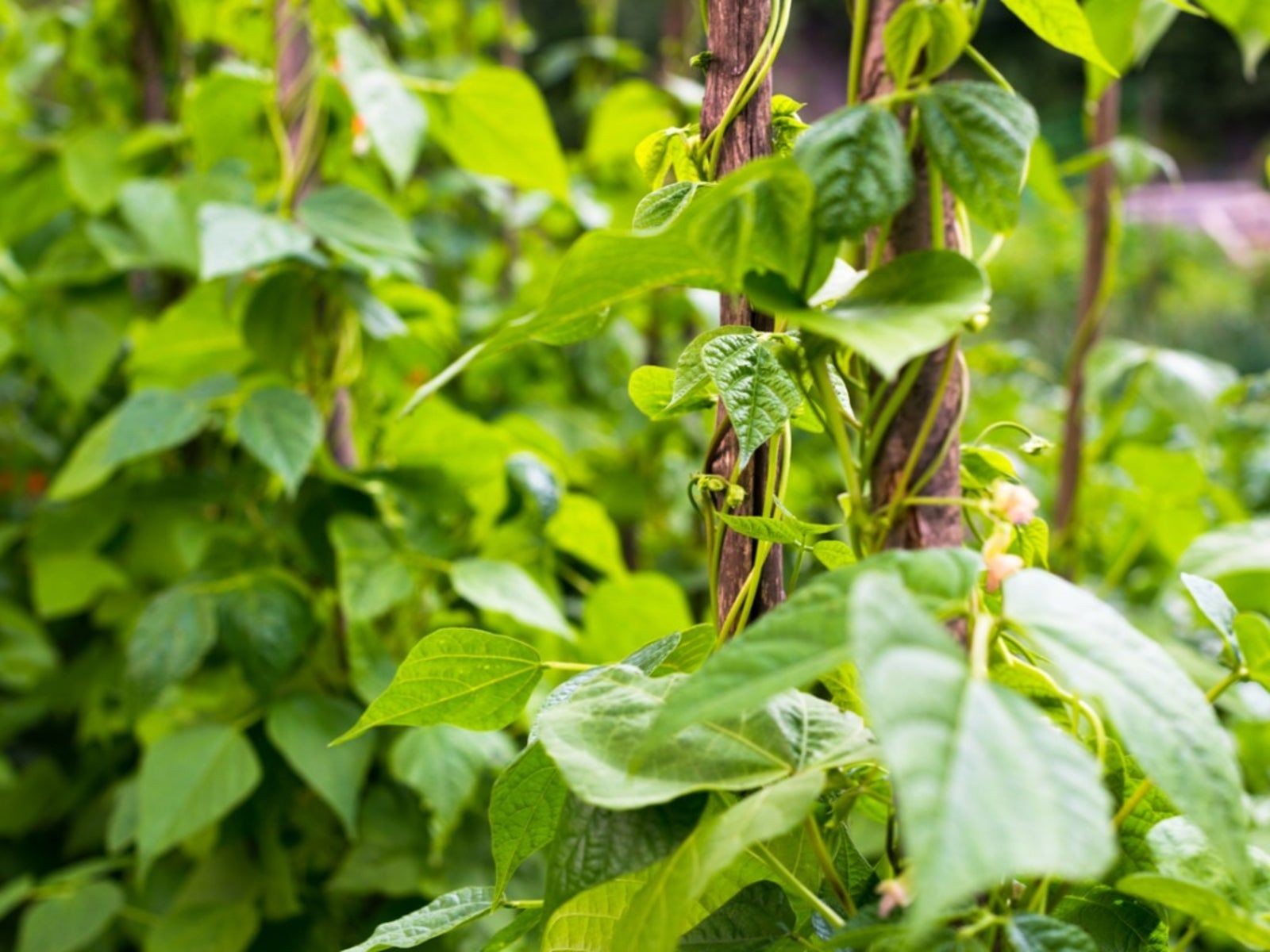 Pole Beans
Pole Beans
Planting and Caring for Your Bean Plants
Plant bean seeds directly into the soil after the danger of the last frost has passed and the soil has warmed up, ideally above 60°F (15°C). Plant seeds about 1 inch deep and 2-4 inches apart, depending on the variety. For pole beans, establish your support system (trellises, poles, or netting) at planting time. Water the seeds lightly after planting.
Consistent moisture is vital for healthy bean growth, especially during flowering and pod development. Water deeply and regularly, particularly during dry spells, aiming for the base of the plants to keep foliage dry and reduce disease risk. Avoid overhead watering late in the day.
Beans are generally low-maintenance once established. While they fix nitrogen, a balanced fertilizer or additional compost can be beneficial, especially if your soil isn’t particularly fertile. However, too much nitrogen can lead to lush foliage at the expense of bean production.
Common Bean Varieties
The world of beans is vast, offering a wide array of types for different culinary uses. Beyond the familiar green beans (both bush and pole), there are shelling beans like lima beans (also known as butter beans), navy beans (classic for baked beans), and fava beans (broad beans). Specialty beans like adzuki beans are prized for their nutritional value and ease of growth in the right climate. Exploring different varieties can add exciting dimensions to your garden and kitchen.
Navigating Bean Plant Problems
Even with the best care, bean plants can encounter issues, from pests and diseases to environmental stresses. Early identification and action are key to managing these problems effectively.
Identifying and Managing Bean Diseases
Several fungal and bacterial diseases can affect bean plants:
- Cercospora Leaf Spot: Appears as small, reddish-brown spots with pale centers, often on older leaves. It can spread rapidly in warm, humid conditions.
- Halo Blight: A bacterial disease causing small, water-soaked spots on leaves surrounded by a yellowish-green halo. It can stunt growth and reduce yield.
- Mold: White mold can appear on leaves, stems, and pods, especially in damp conditions. This often indicates fungal issues.
- Baldhead: While not a disease in the traditional sense, baldhead refers to seeds that fail to develop a growing point, resulting in seedlings without a top. This is usually caused by seed damage or unfavorable planting conditions.
Good air circulation, proper spacing, avoiding overhead watering, and planting disease-resistant varieties are the first lines of defense against many diseases. Removing infected plant material promptly helps prevent spread.
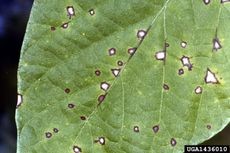 Cercospora Leaf Spots On A Bean Plant Leaf
Cercospora Leaf Spots On A Bean Plant Leaf
Common Pests Affecting Beans
Beetles, such as the Mexican bean beetle or Japanese beetle, are significant pests that can skeletonize leaves and damage pods.
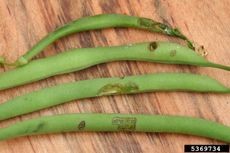 Green Beans
Green Beans
Managing pests organically often involves monitoring plants regularly, hand-picking beetles, using row covers, or applying appropriate organic insecticides if infestations are severe. Encouraging beneficial insects in your garden can also help control pest populations naturally.
Other Growing Issues
- Blossom Drop: Flowers falling off without forming pods can be frustrating. This is often caused by stress factors like extreme temperatures (too hot or too cold), insufficient water, or poor pollination.
- Sunscald: Similar to sunburn in humans, sunscald on beans appears as bleached or dry spots on leaves or pods, especially during hot, sunny weather following cooler, cloudy periods. Ensuring plants are well-watered can help mitigate sunscald risk.
Addressing these environmental or physiological issues often requires adjusting watering practices, providing temporary shade during heatwaves, or improving soil health.
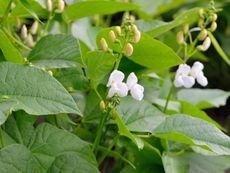 Beans Blossoming
Beans Blossoming
Harvesting Your Bounty and Beyond
Harvesting beans regularly encourages the plant to produce more. Green beans are picked when pods are young and tender. Dry beans are harvested when the pods are dry and brittle.
If you have a bumper crop of green beans, preservation is a great option. Canning, freezing, or dehydrating allows you to enjoy your homegrown beans long after the growing season ends. For dry beans, ensure they are properly dried and stored. Knowing how to correctly soak dry beans before cooking can reduce cooking time and improve digestibility.
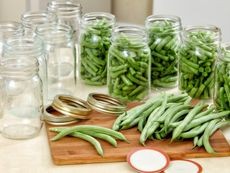 Many glass jars, green beans, and canning lids sit on a table with a cutting board
Many glass jars, green beans, and canning lids sit on a table with a cutting board
Conclusion
Growing beans offers a rewarding experience, providing fresh, nutritious vegetables straight from your garden. By understanding their basic needs for sunlight, water, and soil, choosing the right variety, and being prepared to address common issues like pests and diseases, you can cultivate healthy, productive bean plants. While challenges may arise, the joy of harvesting your own beans makes the effort worthwhile. Explore the possibilities and enjoy the process – your garden, and your dinner plate, will thank you. For more resources and solutions to support your gardening journey, consider exploring the offerings at Biogarden.asia.



